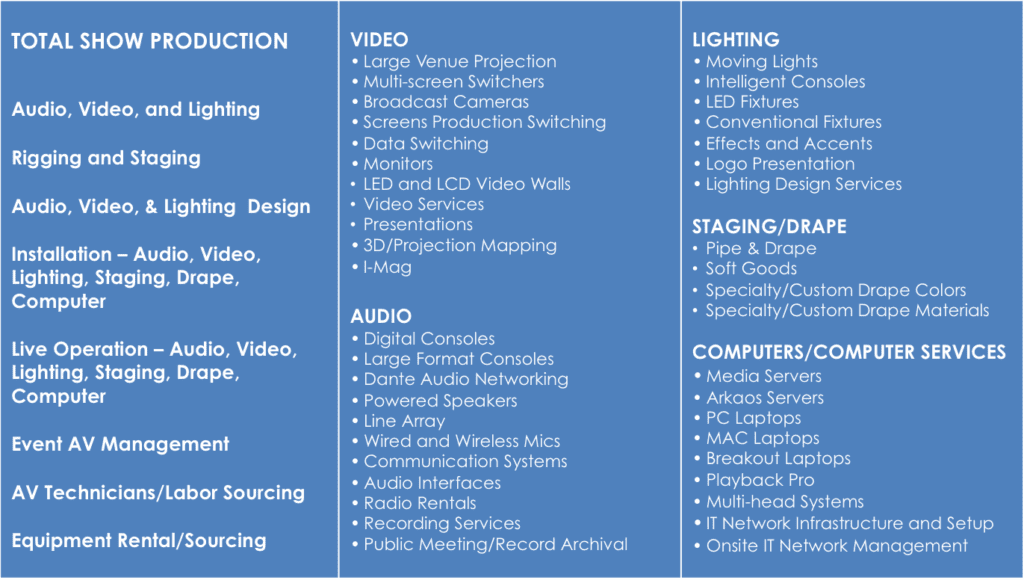
A further important factor is the image quality of the cameras. The image quality determines the sharpness of the images recorded by the cameras. Higher resolution units provide clearer footage, which can be crucial for recognizing faces or registration plates. Businesses should evaluate their specific requirements when selecting the resolution. For example, a retail business may require high-quality cameras to observe customer engagements, while a warehouse might focus on broader monitoring over fine detail. It is also important to think about the recording options for the captured footage. Companies can choose between on-site storage, such as solid-state drives, or remote storage, which enables for remote access and easier handling of video data.
The placement of the units is another key consideration. Correct camera positioning can greatly improve the effectiveness of a surveillance system. Cameras should be located to cover all access and egress points, as well as busy areas within the company. It is also important to think about possible blind spots where illegal activity could happen unnoticed. A qualified surveillance consultant can assist determine the optimal spots for camera setup to enhance coverage and reduce vulnerabilities. Moreover, businesses should consider about the illumination conditions in the locations where units will be installed. Units with low-light capabilities are necessary for observing badly lit spaces.
Connectivity and find more integration with additional security systems are also important factors. Many contemporary surveillance camera solutions offer capabilities such as off-site viewing through mobile devices or computers, which allows company managers to monitor their property in actual time. Integration with security alert solutions or access control systems can provide a more holistic surveillance solution. Companies should assess their current security protocols and consider how a new video solution can complement or improve those measures. This compatibility can result to a more efficient and effective surveillance strategy.
Finally, budget considerations play a major part in choosing a security camera system. Companies must weigh the requirement for high-quality equipment with their financial constraints. It is essential to investigate various manufacturers and models to find a solution that offers the optimal worth for money. While it may be tempting to select the lowest-priced option, investing in a dependable and long-lasting solution can save money in the long-term by lowering upkeep costs and improving safety. By thoughtfully considering these factors, businesses can choose the perfect surveillance camera system that meets their particular requirements and enhances their overall safety strategy.